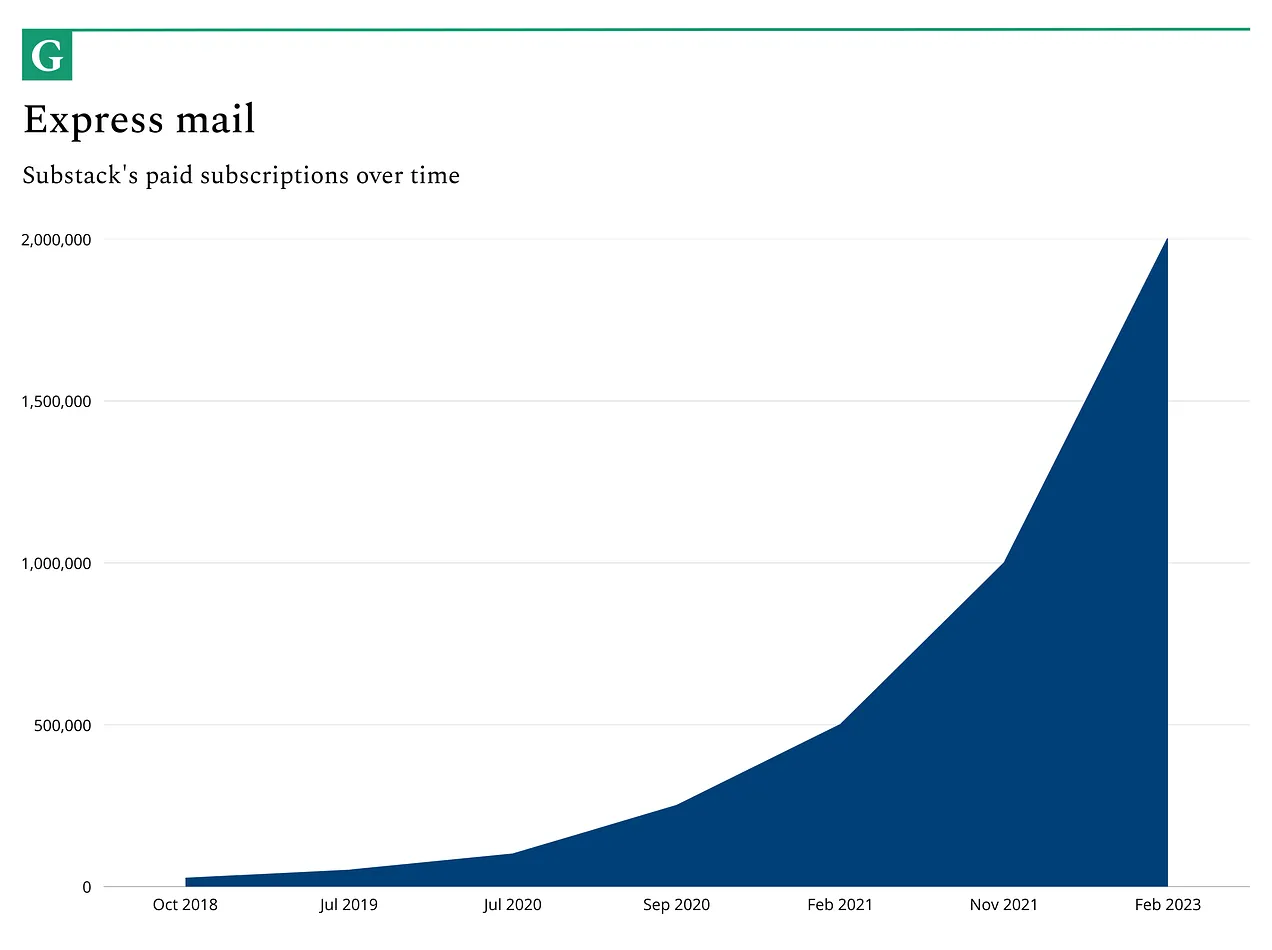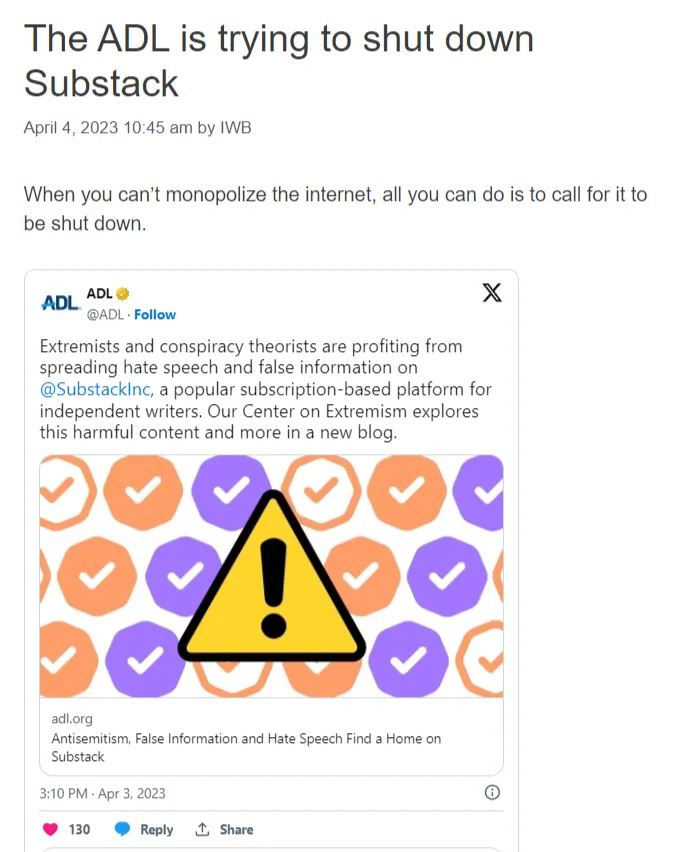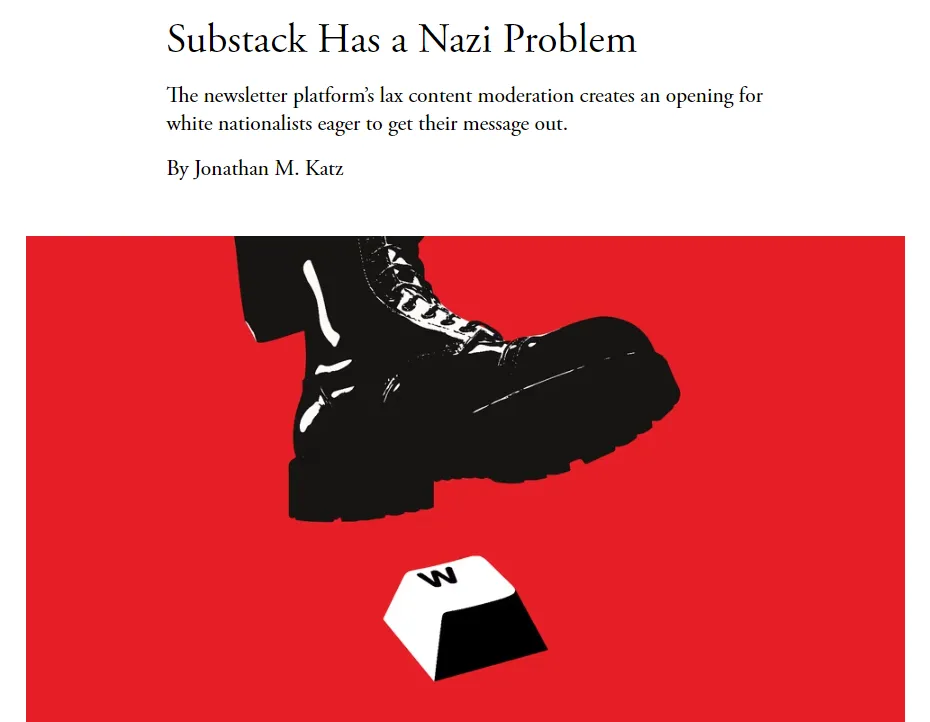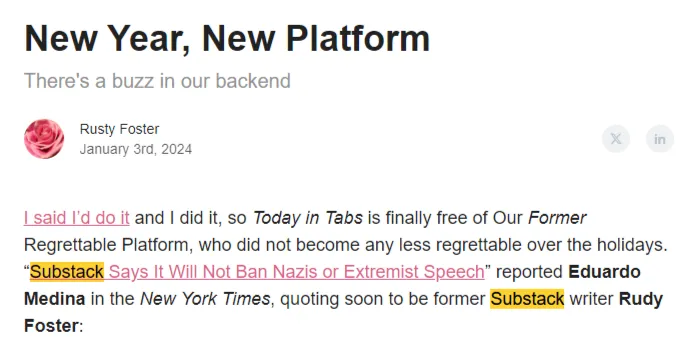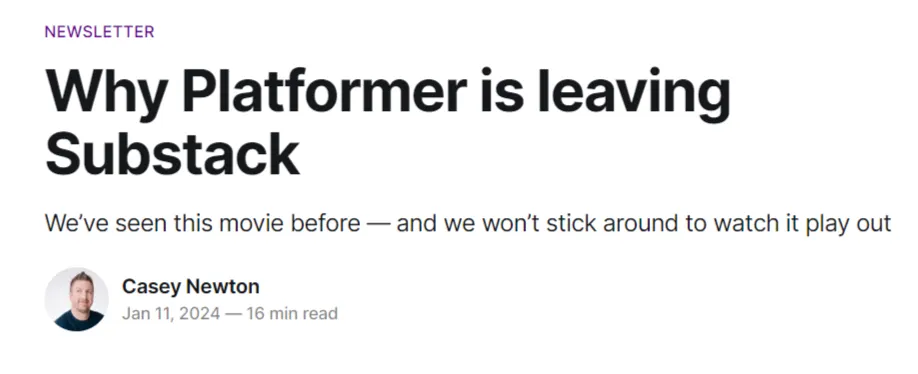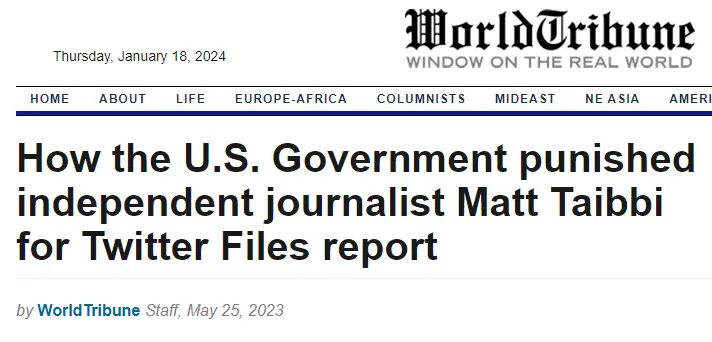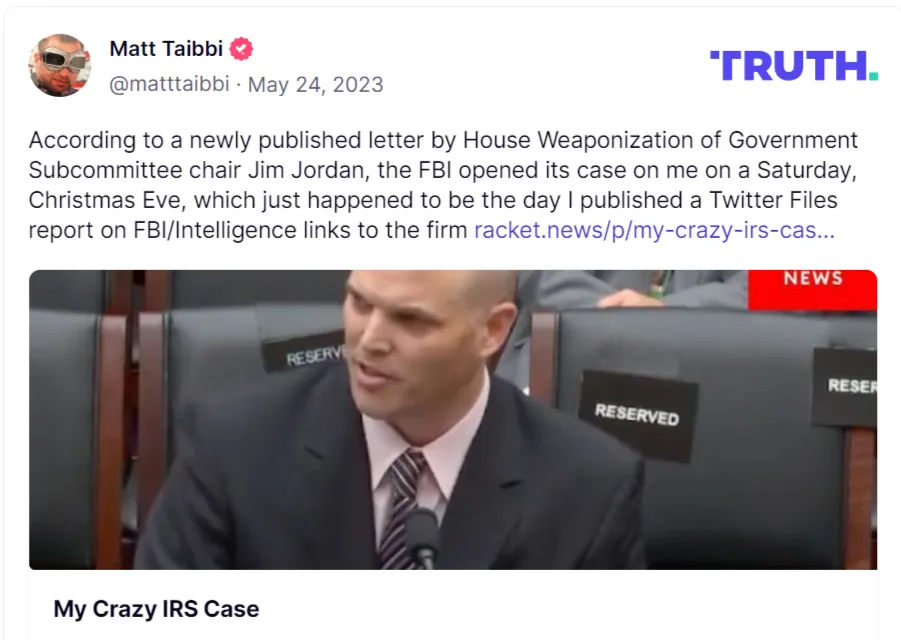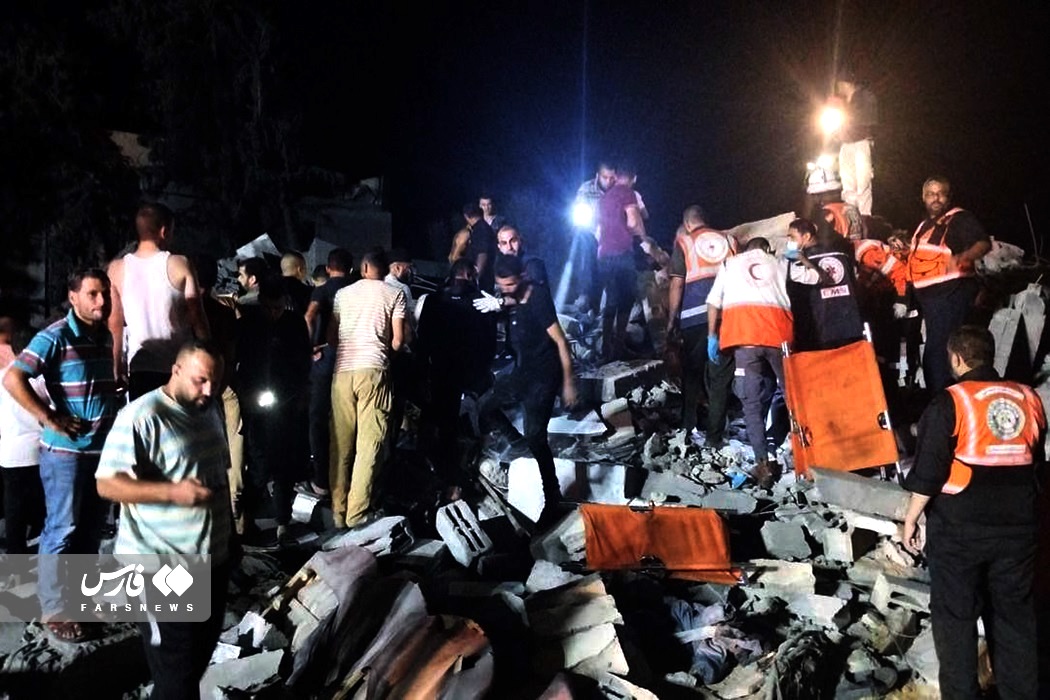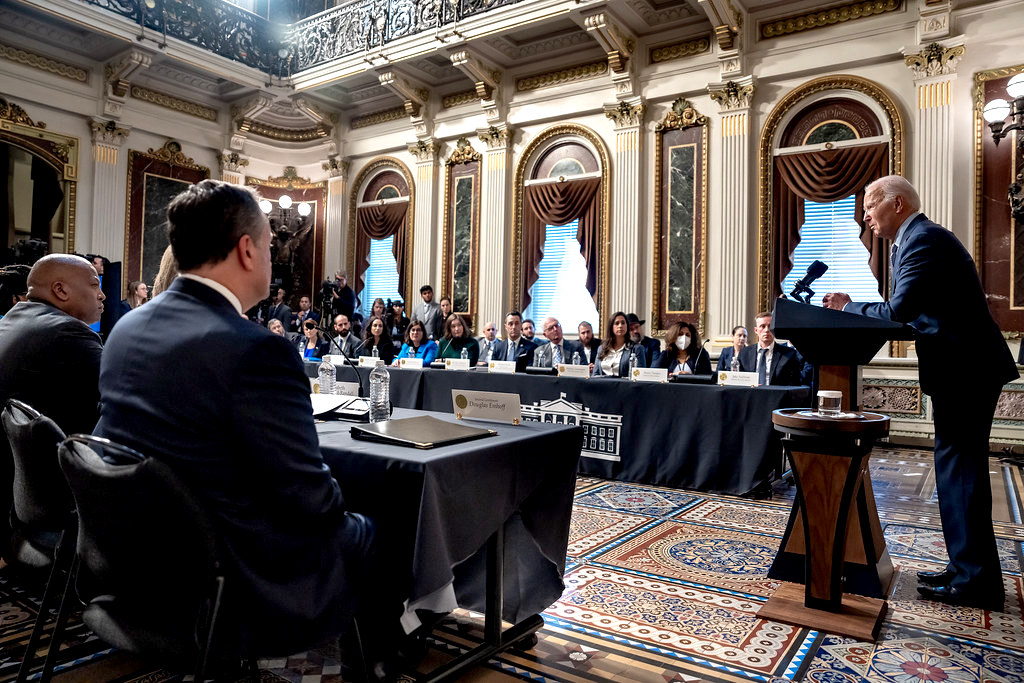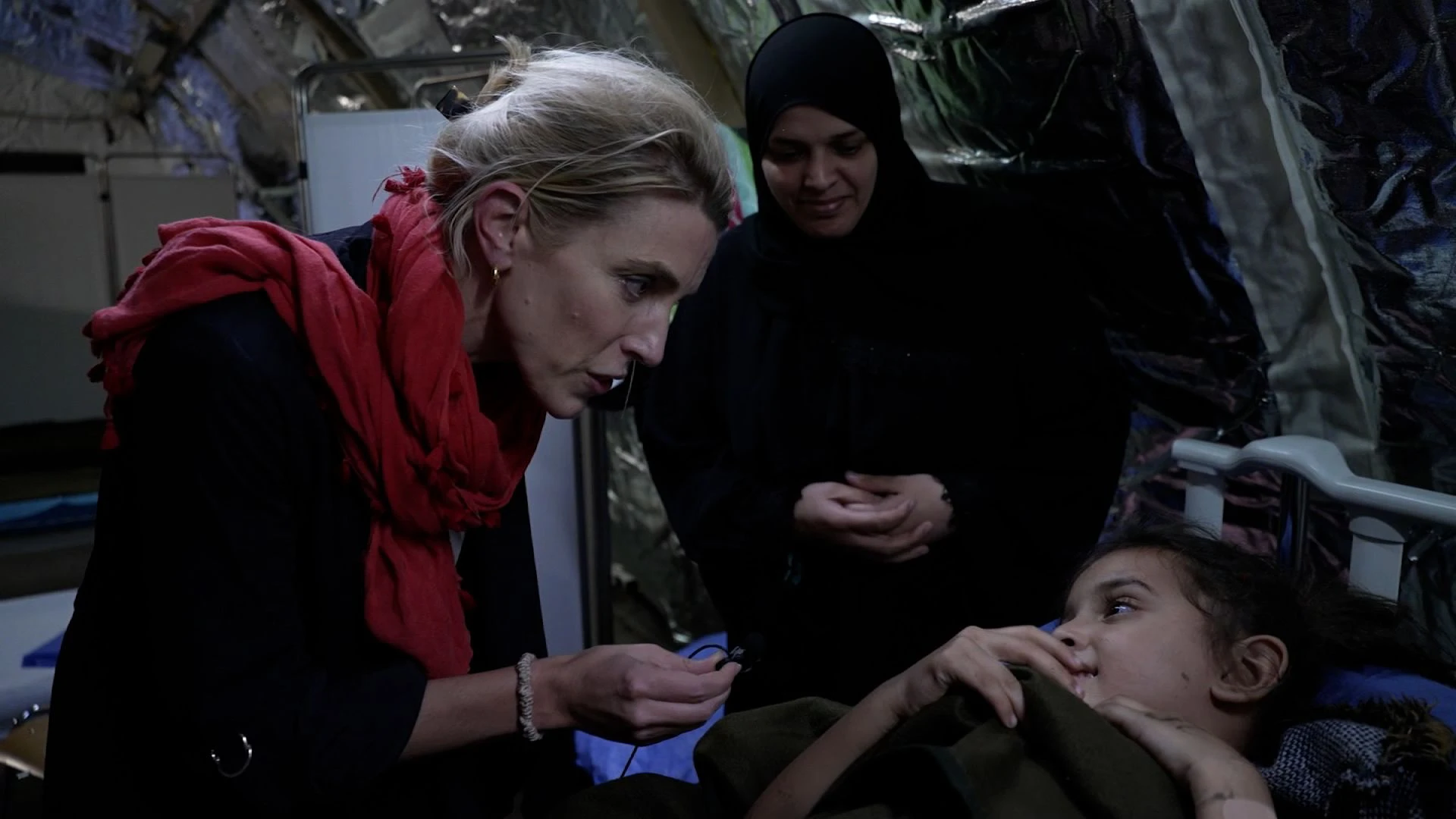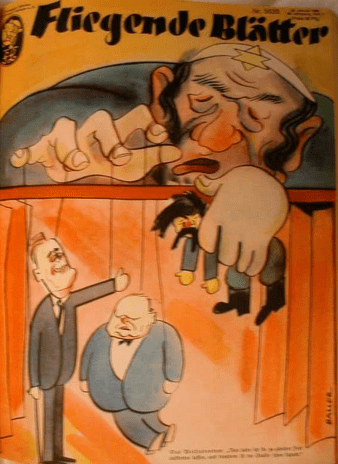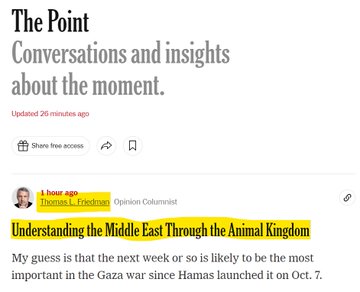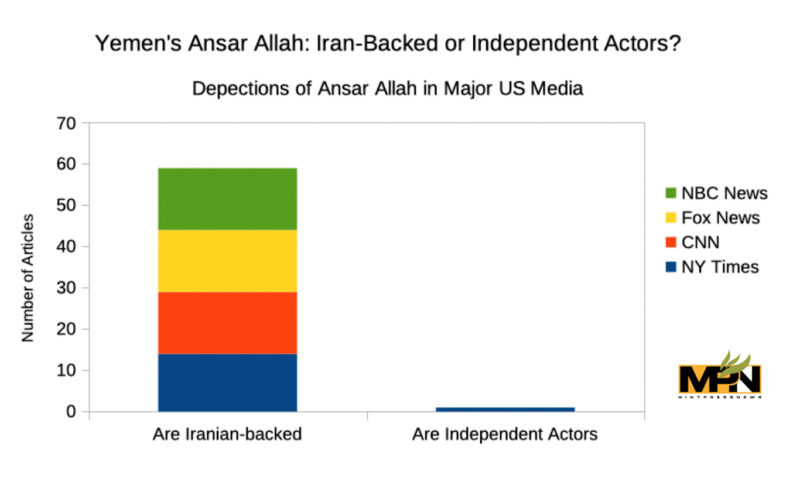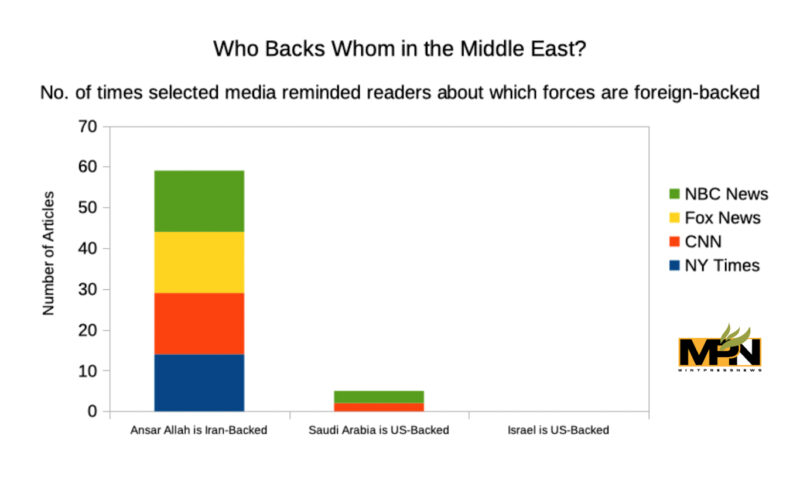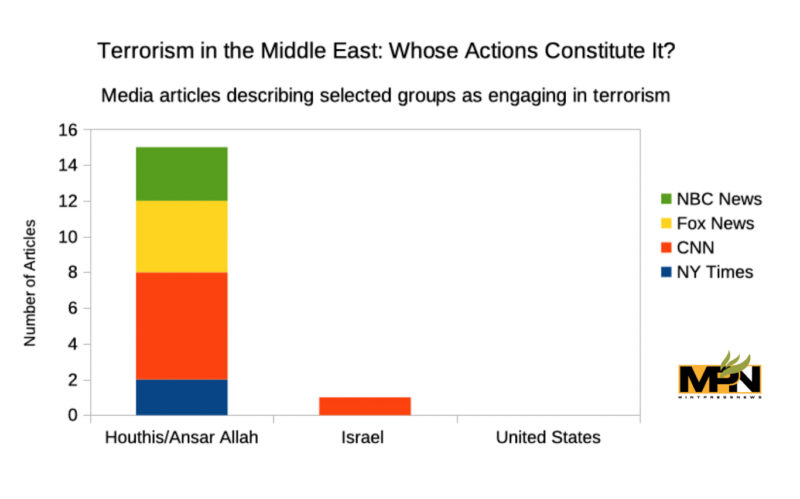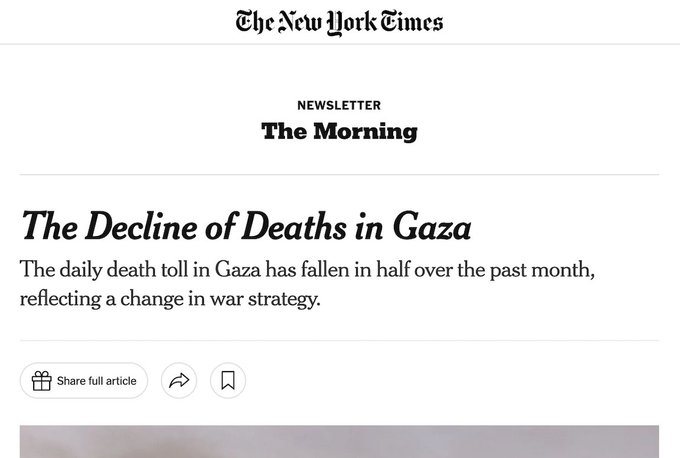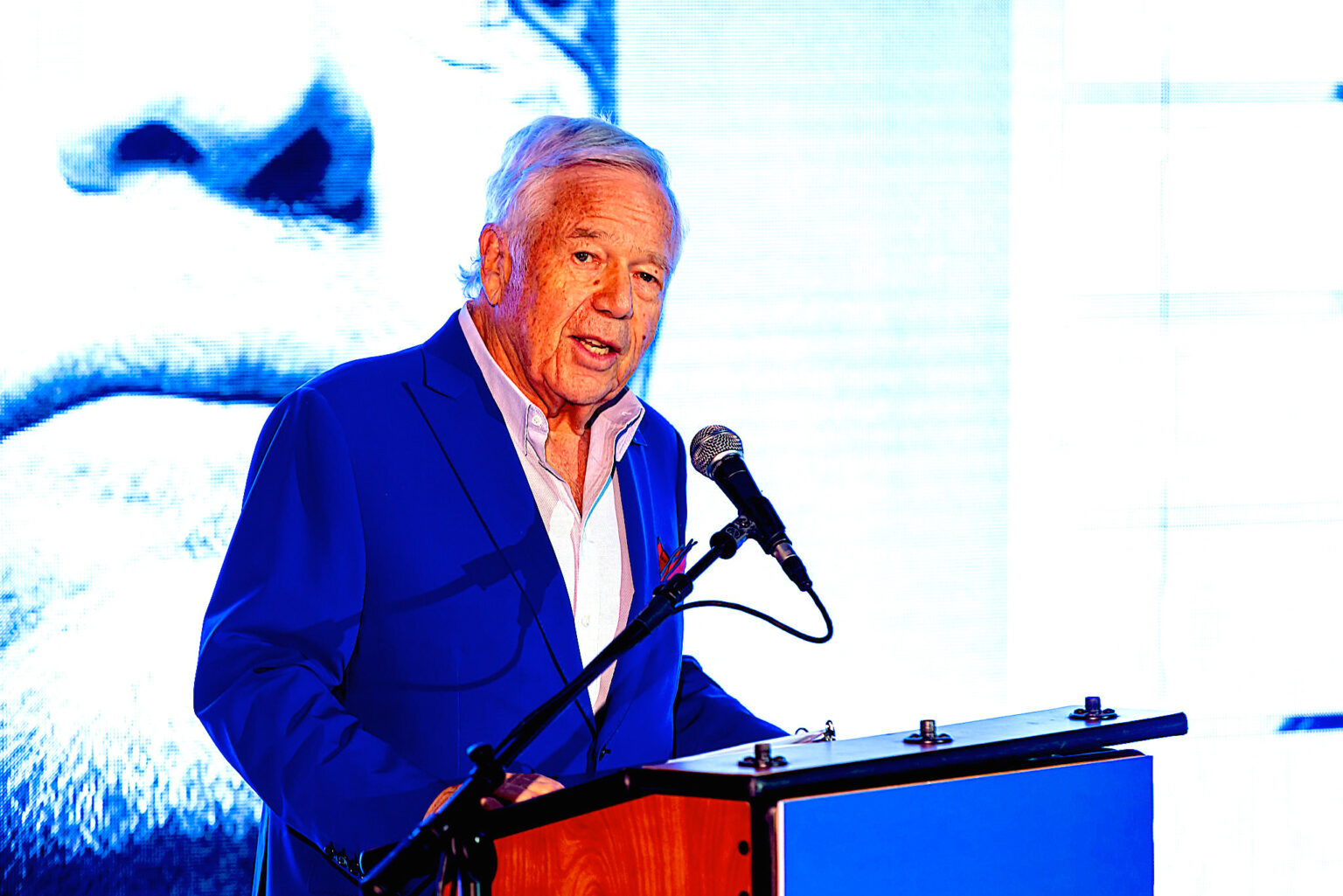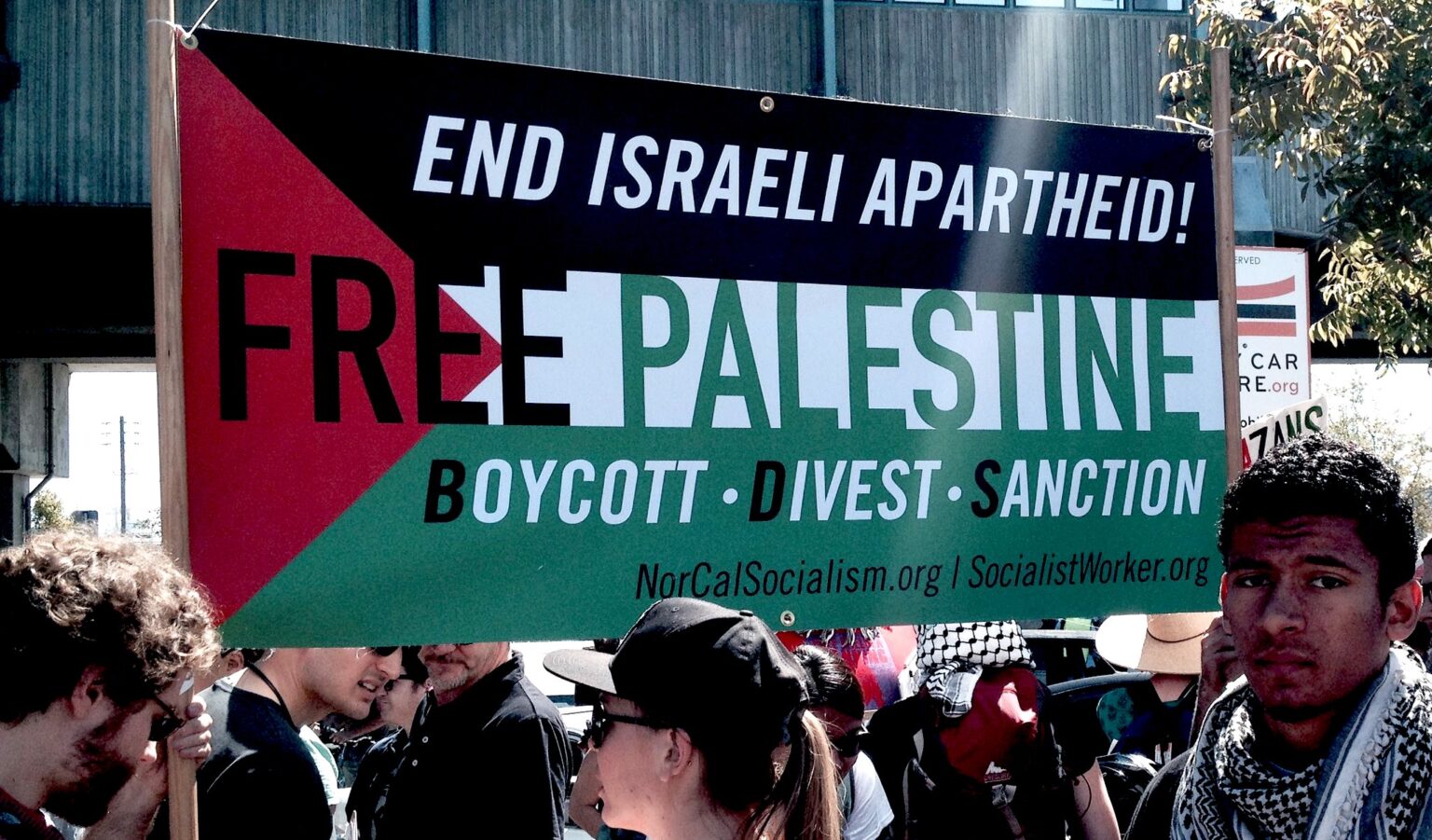January 17, 2024
The contested concept of “impartiality” lies at the heart of running battles between unionised staff and news organisations in Australia, writes Mick Hall.

Ultimo Centre, the ABC’s national headquarters in Sydney. (J Bar, Wikimedia Commons, CC BY 3.0)
By Mick Hall
Special to Consortium News
A rash of Australian Broadcasting Corporation (ABC) staff departures and the suppression of journalists critical of their organisations’ reporting on Gaza has been called a betrayal of the role of journalism in democracy.
Former Special Broadcasting Service (SBS) presenter Mary Kostakidis says the state-funded broadcaster and other news groups in Australia have refused to hold power to account by challenging official narratives by Israel and Western states supporting its attack on Gaza since Oct. 7.
Instead, the professional integrity of news staff battling to tell the truth is being challenged by their employers.
There is open and escalating conflict over reporting on what has been described by South Africa’s legal team at The Hague as genocidal acts by Israel, with one high-profile ABC employee fired in late December.
Strike action at the ABC over the sacking is now a possibility.
Presenter Antionette Lattouf was fired on Dec. 20 after management accused her of breaching its code of practice on maintaining impartiality as an employee, making her position untenable.
The Lebanese-Australian journalist had posted a Human Rights Watch link on Instagram that stated Israel was “using starvation of civilians as a weapon of war in Gaza.”
The previous day Lattouf had been warned by management to stay away from “controversial issues” as complaints had been received over an article she co-wrote pointed out that viral footage which appeared to show Palestinian solidarity protesters in Sydney chanting ‘gas the Jews’ could not actually be verified.
The contested concept of “impartiality” lies at the heart of running battles between unionised staff and news organisations.
Kostakidis said impartiality was “the biggest joke in journalism” and one used to rationalise a passive editorial stance in the face of powerful interests.
“The word is trotted out like the greatest badge of honour for a journalist when it is a dunce’s hat,” she said in an interview. “If the Fourth Estate’s role is enabling citizens to reach an informed decision, it fails them by resiling from hard truths in order to role play at impartiality.”

Rally against Israel’s attack on Gaza in Hyde Park, Sydney on Oct. 16, 2023. (Joe Lauria)
It was revealed this week Lattouf was subject to a co-ordinated campaign that included Zionist lawyers emailing ABC’s chairperson Ita Buttrose and managing director David Anderson suggesting legal action and lobbying of politicians was imminent over Lattouf’s role at the national broadcaster.
Union Reacts
The MEAA, Australia’s journalists’ union, has demanded an urgent meeting with staff to “address growing concerns about outside interference, culturally unsafe management practices and to stand up for journalism without fear or favour”.
MEAA union representative Mark Philips told Consortium News its members at the ABC were holding meetings this week over concerns about how management deals with external pressure from lobby groups, politicians and big business over the reporting of its journalists.
“Management should be supporting staff when they come under external attack or criticism to ensure that the public’s trust in the ABC to report without fear or favour can be maintained,” he said.
Lattouf is challenging ABC’s decision at an employment tribunal.
Kostakidis said political pressure that ensured Lattouf’s sacking had also sent a message to other staff at the ABC to toe the company’s editorial line.
Other staff members have left of their own accord. Senior political reporter Nour Haydar resigned in early January, citing the broadcaster’s Gaza coverage and treatment of staff. News presenter Helen Tzarimas also resigned, stating on Twitter on Jan. 16 that she “did the right thing.”
Unrest at ABC began to surface in early November, when approximately 200 ABC staff held a meeting to discuss the broadcaster’s coverage of Israel and Gaza, leading to an advisory panel to look at criticisms arising from it.
Journalists believed the broadcaster was mis-framing Israeli violence as a “war with Hamas”, while leaving out historical context of ethnic cleansing and a failure to accurately report the dynamics of violence in Gaza.
Anderson rejected the criticisms. He claimed the organisation was acting professionally within its charter by “not taking sides” and accused journalists of wanting to compromise editorial impartiality by engaging in partisan political activism.
Open Letter
Discontent then widened, with hundreds of journalists from both ABC and other corporate media outfits signing an open letter demanding reporters be allowed to hold power to account and that newsrooms approach Israel’s claims in Gaza critically, given a history of Israeli government lies and propaganda.
The letter warned the public was already viewing the conflict via social media and that legacy media risked losing credibility by not doing its job properly.
It stated:
“It is our duty as journalists to hold the powerful to account, to deliver truth and full context to our audiences, and to do so courageously without fear of political intimidation. … We risk losing the trust of our audiences if we fail to apply the most stringent journalistic principles and cover this conflict in full.”
It called for an end to “two-sideism” or false balance, as a hindrance to reporting the truth. It also urged the humanisaton of Palestinian victims, adequate coverage to credible allegations of war crimes, genocide, ethnic cleansing and apartheid, and the inclusion of historical context.
Anderson said terms like “apartheid” and “genocide” would not be used by the ABC but reported as allegations of crimes like others.
Approximately 300 journalists from the Guardian Australia, ABC, The Sydney Morning Herald, The Conversation, Schwartz Media and The Age who signed were roundly criticised by platformed academics and in MSM editorials for diminishing the profession by expressing pro-Palestine sentiment.
ABC’s director Justin Stephens issued an all-staff internal memo urging employees not to sign the letter.
Journalists employed by Nine at the Herald and The Age banned those who signed the letter from carrying out any role in covering unfolding genocide, inferring from it they could not be trusted to be impartial. It remains unclear what policy of companies like News Corp and Sky News have on the matter.
“This is just the public reaction – I understand some threats made privately have been far more direct — editors do not appreciate having their biases and loyalties revealed,” a former senior producer on ABC’s Four Corners investigative program, Peter Cronau, told Consortium News.
Cronau said there was palpable fear among staffers across all media platforms, the grim threat of being accused of partiality capable of cutting short a career in an instant.
“It is a remarkable moment in Australian journalism when Australian journalists feel compelled to call on their newsroom editors ‘to hold the powerful to account, to deliver truth and full context to our audiences, and to do so courageously without fear of political intimidation’,” he said. Cronau continued:
“And it is a remarkable moment, during the Israel-Hamas conflict, for the public to see how their media are so flawed. With their insiders’ perspective, these journalists’ calls for ‘integrity, transparency, and rigour’ have damned the state of press freedom in Australia. It should therefore be no surprise to see the paranoid reaction from those very newsrooms, which cautioned those journalists, warned of potential career impacts, and in some cases removed journalists from reporting roles on the conflict.
The pressure on the media from powerful elites to unquestioningly support the Western ‘consensus’, to not step out of line, to adhere to a warped sense of national ‘loyalty’, is the very pressure that must be resisted and revealed by journalists and others, if our media is to function as a bolster to our democracy.”
Over the past three months Israel has carried through on its leaders’ statements of genocidal intent, imposing a total siege on Gaza and bombing hospitals, bakeries, schools and refugee camps, killing approximately 30,000 people, mostly women and children.
‘Impartial’ Means Partiality to Israel

An Israeli Merkava Mk IV tank on a street in Gaza on Jan. 4. (Yairfridman2003, Wikimedia Commons, CC BY-SA 4.0)
U.N. rapporteurs and human rights groups had warned since October that Gazans were facing genocide as Israel’s campaign of destruction gradually displaced over 2 million residents, obliterating the means of life in the coastal strip, while forcing them south towards Egypt’s border and the Sinai desert, a stated preferred location for mass expulsion.
South Africa’s legal representative Blinne Ní Ghrálaigh KC told judges at the International Court of Justice (ICJ) in the Netherlands on Jan. 11, it was “the first genocide in history where its victims are broadcasting their own destruction in real time in the desperate, so far vain hope that the world might do something”.
Yet, as Israel stands accused of genocide at The Hague, state and corporate newsrooms determined it inappropriate to even infer ‘war crimes’ were being committed by Israel, as defined by the Geneva Convention since Israel launched its Gaza operation in response to Hamas’ attack on Israel military installations and settlements on Oct. 7.
Kostakidis is in no doubt that the role media played in facilitating the unfolding genocide matches that of Western leaders who used U.S. vassal speak, namely, “Israel’s right to defend itself”, to lend diplomatic cover to the Gaza horror.
“It’s a betrayal of the role of journalism in democracy and their professional obligation,” she says. Kostakidis said:
“Media managers are either disingenuous or genuinely believe that impartiality ends where our own national interests begin, or the interests of the empire we’re subservient to.
Israel is strategically very important to the U.S. and that relationship is vital for Israel. The Israeli lobby is powerful here as elsewhere. As a result, the dispossession and killing of Palestinians is conveyed as normal, and the media has not exposed the public to the full horror of the violence and state terrorism that constitutes their daily lives.
Israel has gotten away with it for decades and has become emboldened to move to a final solution for Palestinians. There have been a substantial number of Israeli officials who have been transparent about their objectives, yet there is little reporting of this. The media bear substantial responsibility for the calamity that has been unleashed on Palestinian people.”
Kostakidis said stories in Australia were written from a distinctly Anglo-American worldview and that her experience at SBS demonstrated how news bosses viewed the Israeli position through a sympathetic colonial lens.
She says when she asked a chief producer to contact a Palestinian spokesperson for counter balancing comments instead of relying on Israel’s Australian spokesman Mark Regev for news updates, he replied: “Why? They’re all mad.”
“He had not long returned from the requisite Israeli junket for voluntary brainwashing,” she said.
Fidelity to Truth
Journalists involved in the open letter have pushed back on accusations of impartiality by pointing out newsroom junkets to Israel have been widespread in Australia, as in other countries, and that it should be transparent who has taken part in them.
Kostakidis says although the glib, reductionist claim to impartiality as one of “not taking sides” is nonsense, objectivity and a fidelity to truth above all else is, and ought to be, the bedrock of authentic journalistic endeavour.
Good journalism also involves the ability and openness to change one’s subjective opinion in the process of producing a story, she says. However, what militates against this is careerism and the fact bad journalism is institutionally rewarded.
“When you have approached a matter objectively — taking into account context, history and evidence — you have an obligation to reveal the truth,” Kostakidis said. She went on:
“That sometimes challenges your own personal biases when the process leads to a conclusion that surprises you. It’s about having an open and inquiring mind and the integrity to face inconvenient truths.
But how many outlets and individual journalists working in the mainstream media report the war in Ukraine impartially? How impartial have reports on leaders the West needs demonised like Putin, Saddam Hussein, Gaddafi and countless others been? It is a form of delusion that delivers a career pathway, so there is a vested interest in portraying the delusion as impartiality.”
Likewise, veteran U.S. war correspondent Chris Hedges calls the type of impartiality that Anderson refers to to justify not establishing facts to hold power to account “a fiction,” a sophistic devise used to mask implicit biases and agendas.
“The media is not impartial,” he said in an interview. [Hedges is a member of Consortium News‘ board of directors.] He said:
“I was a newspaper reporter for many decades and what we do is manipulate facts. That’s what I’m trained to do. I can take a set of facts and spin it in any way you want. It’s not wrong, but a good reporter has a covenant with the reader or the viewer and that is to tell the truth. However, there are moments when telling the truth, as in the case of Israel’s genocide against Gaza is not good for your career.
The lie in the media is usually the lie of omission. So, for example, they won’t use the word ‘apartheid.’ They won’t use the word ‘genocide.’ They will continue 100 days after the event, to dredge up stories on Oct. 7, of the suffering, which at this point doesn’t begin to compare to what’s happening in Gaza.”[/i

Hedges at an Occupy D.C. event in 2012. (Justin Norman, Flickr, CC BY-NC-SA 2.0)
Hedges says the other issue is Israel has blocked foreign reporters from entering Gaza. He said:
“They have killed, many of them have clearly been targeted, over 100. So, most of the foreign press is in Jerusalem being fed stuff by the Israelis. I’ve covered conflict, so I can tell you that a huge percentage of those journalists, they don’t even want to go to Gaza because it’s dangerous.
So, they’re quite happy with the arrangements that have been made for them. I mean, for instance, I covered the first Gulf War and I didn’t abide by the so called ‘pool system’. I went out on my own, which essentially exposed most of the rest of the press that was sitting in a hotel being fed by pool reports. The fact is everywhere I’ve covered most, the majority, of the media don’t want to go out. They are poseurs.
It’s a combination of factors. To write or broadcast honestly about what’s happening in Gaza, is to have the wrath of, not just the Israel lobby, but the corporations that run these large entities, as well as governmental entities. Everybody’s going to come down on you, you’re going to become a target and most journalists are good careerists, so they don’t want to do it.
But the whole thing of impartiality is a fiction. You can write a factually correct story, which gives the completely wrong impression of what’s happening, but it’s factually correct.”
Hedges knows intimately the lonely place Antoinette Lattouf now finds herself, having had a similar experience with The New York Times during the U.S. coalition invasion of Iraq in 2003.
“I was seven years in the Middle East,” he said. “I was the Middle East bureau chief for The New York Times and I had covered the U.N. inspection teams that had destroyed Saddam Hussein’s chemical weapons stockpiles. He did have them. I understood that the chances of him having weapons of mass destruction were almost zero, that he couldn’t even get spare parts for his military, that Iraq was falling apart and he had nothing to do with 9/11.”
Hedges said, “So, in the invasion of Iraq, all the Arabists understood the debacle that it became, but to say that was, especially in the wake of 9/11, to be a target. I was given a written reprimand, which under guild or union rules is the route to being fired. If the employee violates that written reprimand, again, it is grounds to fire them under guild rules.”
He points to double standards when being accused of expressing partiality and compromising the newspaper’s trust among its readership. Hedges said:
“I wasn’t the only one to speak about the war. John Burns [of the Times] and other reporters were quite public in their support for the invasion of Iraq, and yet Burns wasn’t reprimanded because he was spitting back the dominant narrative. So, it’s not that I was speaking about the war. And I had a lot more experience in the Middle East than John Burns did. It was that I was not reinforcing the dominant narrative.
Most of the reporters that I worked with in the Middle East, their opinion was no different from mine. They thought that this was insanity to invade Iraq, but they were smart enough to keep their mouth shut.
And those reporters who were cheerleaders for the war — and there were many of them – they then became contrite. A few years later — George Packer [The New Yorker] would be a good example, Michael Ignatieff, and others — they’ll say, you know, I made a mistake, but they didn’t make a mistake.
They knew precisely what was good for their career. That’s what they have always served, that’s what they serve. I really didn’t care, because I knew that people I cared about would be killed, that the cost in terms of suffering would be something that wouldn’t come close to what I would endure by having my career trashed. And I think in the end, that is because I, as a reporter, I always felt that the truth was paramount.”
ABC Responds
In a statement to Consortium News, the ABC denied it acted upon outside political pressure when reporting news or making editorial decisions and that it expected its staff “to carry out their duties properly as public-interest journalists.”
It said the ABC did not have “a position on this conflict in favour of any group” and said it “did not adopt the preferred language of one side or another in this conflict.”
“We opt for neutral, factual descriptors at all times. We will always be impartial and understand that impartiality does not mean false balance. We do not publish or broadcast information we know to be inaccurate in an attempt to ‘balance’ a different perspective.”
The statement added: “Maintaining trust and credibility as an ABC journalist means you forgo the opportunity to share your opinions about stories on which you report or may be involved in.”
https://consortiumnews.com/2024/01/17/j ... australia/
******
Mainstream Media Lies About U.S. Wars In Iraq Wear On
Another blatant mainstream media lie:
How Israel’s war in Gaza became a tangled crisis spanning the Middle East - Washington Post, Jan 17, 2024
> Roughly 2,500 U.S. personnel are based in Iraq, with Iraqi Prime Minister Mohammed Shia al-Sudani saying that their presence is needed to help stop the Islamic State from regaining ground. <
Reality:
Baghdad Seeking ‘Arrangements’ to End Deployment of Int’l Coalition - Asharq Al-Awsat, Dec 29, 2023
Iraq: PM says government to start process of removing US-led forces - MEE, Jan 5, 2024
Iraq decision to end US military presence ‘irreversible’: Sudani - ABNA, Jan 6, 2024
Iraq preparing to end presence of US-led coalition, says PM Mohamed Shia al-Sudani - WION via MSN, Jan 10, 2024
Exclusive-Iraq seeks quick exit of US forces but no deadline set, PM says - Reuters via AOL, Jan 10, 2024
Iraq seeks quick exit of US forces: Sudani - ABNA, Jan 11, 2024
Iraq discusses security cooperation with NATO - Iraqi News, Jan 17, 2024
> The meeting addressed the withdrawal of the international coalition forces in Iraq, which the government included in its agenda following the development achieved by the Iraqi forces.
The Iraqi Prime Minister also talked about the need to end the mission of the international coalition in Iraq through dialogue to ensure a smooth transition of its duties.
Al-Sudani explained that Iraq does not mind cooperating with the countries of the international coalition in fields of armament, training, and equipment within the framework of bilateral ties that unite Iraq and the coalition’s member countries. <
Posted by b on January 18, 2024 at 10:13 UTC | Permalink
https://www.moonofalabama.org/2024/01/m ... l#comments
 SIMPLICIUS THE THINKER
SIMPLICIUS THE THINKER